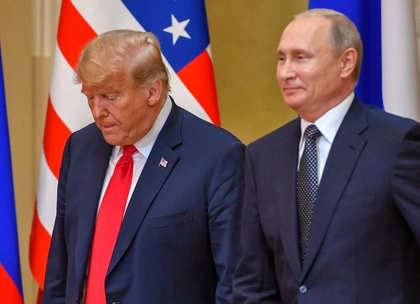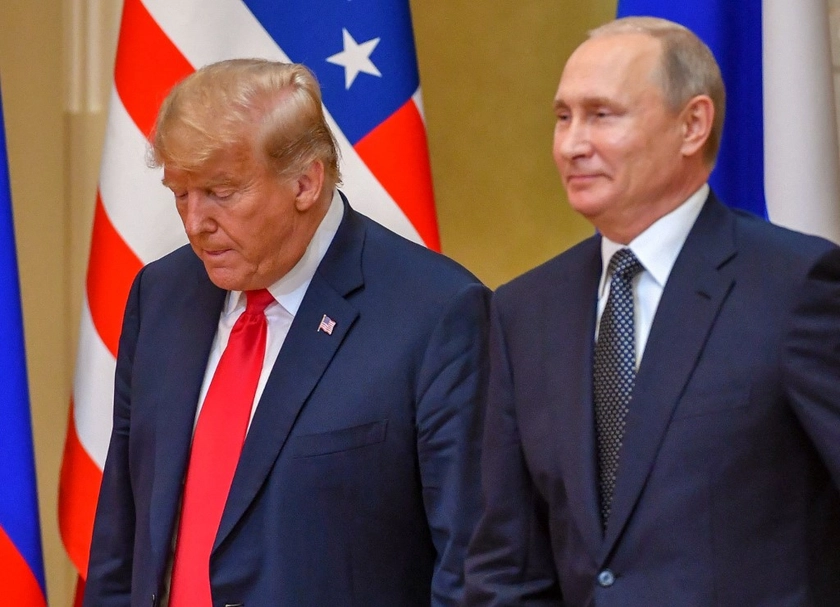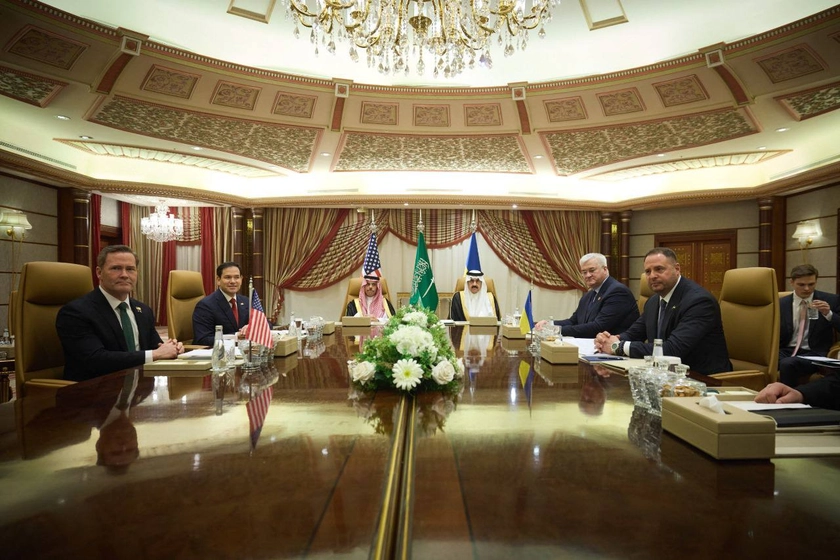In a Sept. 21 report in the Air and Space Forces military issues website, Gen. Jacqueline D. Van Ovost, head of the US Transport Command (USTRANSCOM), the military’s top logistics officer spoke about the hard lessons her organization had to learn about projecting military support during peacetime.
USTRANSCOM is responsible for integrating global military and civilian logistic support to ten US combat commands, the military services in general, defense agencies and other government organizations. As such, it has been supporting the provision of US military and humanitarian aid to the war in Ukraine and the Middle East following the Oct. 7 attacks on Israel by Hamas.
JOIN US ON TELEGRAM
Follow our coverage of the war on the @Kyivpost_official.
She said, “With any crisis, the three things I look at [are], what’s my posture, what’s my capacity to respond, and how do I command and control and integrate into the joint force commander’s needs?” She then added. “I think we did a really good job.”
After summarizing the challenges her command faced supporting Israel, protecting American troops in the Middle East, organizing airdrops of humanitarian aid, and sending supplies by ship through the region’s waterways, she was asked about the challenges and lessons learnt when providing support to Ukraine.
“We learned that choke point, as small as it is, if you have a persistent threat, it can take a lot of resources to move stuff through,” Van Ovost said, with artillery ammunition presenting some of the biggest challenges.

Trump’s Efforts to Brown Nose Putin Continue
She said the US had sent at least three million rounds of 155mm artillery ammunition, 800,000 105mm shells, more than 400,000 of 152mm shells, more than 600,000 mortar rounds along with more than $25 billion worth of anti-tank and air defense missiles as well as weapons, aircraft, tanks, and other materiel.
She said that hazardous materiel was collected from a storage or production site by road or rail transport and moved to an airfield or a seaport for the move to Europe. It was then collected from the port of arrival and once more loaded onto a train or road transport for the move to Ukraine, which had to be constantly adjusted for obvious security reasons.
“I think the hardest thing was linking all those pieces together, because nobody wanted to stockpile anywhere,” Van Ovost said.
She said that transporting such large quantities of explosives through the United States and across Europe in the face of peacetime regulations was a unique challenge. Dispatching and receiving ports had restrictions on the amount that could be held at any one time.
USTRANSCOM had to constantly monitor the movement of ammunition and weapons, particularly, where movement was in danger of entering a choke point. “If a train slowed down somewhere, we had to know about it: ‘Should we go to another seaport instead of this seaport?’” Van Ovost said. “We’re constantly looking at those things.”
She also said that her teams needed to take into account the potential threat to logistics presented by the constant threat from sabotage and Russian long-range weapons, needing them to adapt their methods of receipt, storage and delivery routes both on NATO territory and particularly once inside Ukraine.
Based on the experience in supporting the war against Russia and the situation in Gaza, Van Ovost said she had called on the Pentagon to boost the provision of data acquisition and control as well as communications tools that will give commanders real-time insights into where people, transport and equipment are at any given time, along with fuel levels and other critical aspects that will ease the flow of the supply chain.
She said they are still far short of having the necessary capability but added: “We’ll continue to request that, if we’re going to fight … in a contested environment, I’ve got to have the connectivity to do that.”
You can also highlight the text and press Ctrl + Enter











